 Your new post is loading...

|
Scooped by
Farid Mheir
|
Mobile order-ahead refers to a consumer-facing mobile payment platform that allows customers to order food remotely, pay for the items on their phone, and pick up their order at a specific restaurant location. Leading QSRs in the US are beginning to adopt these platforms at an accelerated pace and are benefiting from them. Taco Bell sees 30% higher average order values on mobile compared to in-store, and Starbucks' Mobile Order & Pay already represents 10% of total transactions at high-volume stores, directly contributing to increased company sales.

|
Scooped by
Farid Mheir
|
The implications of this are wide and varied, and data scientists are coming up with new use cases for machine learning every day, but these are some of the top, most interesting use cases currently being explored.

|
Scooped by
Farid Mheir
|
Think about this scenario: You see someone at a party you like; his social profile is immediately projected onto your retina—great, a 92% match. By staring at him for two seconds, you trigger a pairing protocol. He knows you want to pair, because you are now glowing slightly red in his retina screen. Then you slide your tongue over your left incisor and press gently. This makes his left incisor tingle slightly. He responds by touching it. The pairing protocol is completed.
Retail ecommerce sales—which include products and services (barring travel, restaurant and event ticket sales) ordered via the internet over any device—will reach $1.915 trillion in 2016, accounting for 8.7% of total retail spending worldwide. While the pace of growth for overall retail sales is subdued, the digital portion of sales continues to expand rapidly, with a 23.7% growth rate forecast for 2016.
Via Jeff Domansky, massimo facchinetti

|
Scooped by
Farid Mheir
|
By 2035, workplace changes will see us looking for jobs as remote pilots or online chaperones. This is the finding of an Australian report looking at megatrends in the workplace over the next 20 years. The authors of the report, CSIRO (Commonwealth Scientific and Industrial Research Organisation), outline potential jobs in 2035, along with other impacts of the Fourth Industrial Revolution on our working lives.

|
Scooped by
Farid Mheir
|
Ils sont déjà partout : dans les usines, les bureaux, bientôt les magasins, les hôpitaux, et même à la maison. Les robots vont transformer notre vie quotidienne et notre travail. Selon une étude de l'université d'Oxford, 47% des emplois sont menacés à moyen terme. En France, les robots pourraient détruire trois millions de postes d'ici à 2025. "L'Angle éco" est allé voir les robots conçus en France, au Japon, où l'on croit qu'ils ont une âme, et en Chine, où il est publiquement assumé qu'ils sont amenés à remplacer la main-d'œuvre. Pour ce numéro, François Lenglet a aussi rencontré Michel Serres, philosophe et membre de l'Académie française, et Hakim El Karoui, essayiste et consultant.

|
Scooped by
Farid Mheir
|
Google is investing hundreds of thousands of dollars apiece in virtual-reality films and programs, part of a plan to line up exclusive content for the debut of its new Daydream service in the coming weeks, according to people familiar with the matter.

|
Scooped by
Farid Mheir
|
Ecommerce research, latest blog posts and training. Includes case studies, recommended reports, buyer's guides and supplier search.

|
Scooped by
Farid Mheir
|
Wanna ditch the mortgage and live in a modular, open source, ecological house?

|
Scooped by
Farid Mheir
|
Starbucks customers in the U.S. and Canada are splashing less cash at the coffee chain than ever before. That doesn't mean that they are buying fewer beverages and snacks. Rather, they are embracing the company's loyalty card (which can be loaded with money) and app. The company has 12 million loyalty members in the U.S. alone and that means that Starbucks boasts a serious amount of cash on its customer cards. Wall Street Journal data featured in Market Watch shows that Starbucks has more customer cash than many banks have in deposits. Before long, splashing the cash at your local Starbucks might become a thing of the past. 41 percent of the coffee chain’s customers in the U.S. and Canada now pay for their beverages and snacks after loading money onto their Starbuck’s card. With 12 million loyalty members in the U.S. alone, the coffee chain boasts more customer money on its cards than many banks have in deposits.
According to Wall Street Journal data featured in Market Watch, Starbuck’s customers in the U.S. have loaded at least $1.2 billion onto the company’s cards and app. That’s higher than the deposits held by Customers Bank ($780m) and the Green Dot Corporation ($560m). Starbucks still has a long way to go to catch Paypal which boasts a whopping $13 billion on its customer accounts across the world.

|
Scooped by
Farid Mheir
|
Cisco predicts the global IoT market will be $14.4T by 2022. IC Insights predicts revenue from Industrial Internet IoT spending will increase from $6.4B in 2012 to $12.4B in 2015. IoT in manufacturing market size is estimated to grow from $4.11B in 2015 to $13.49B by 2020, attaining a CAGR of 26.9%. With the potential …

|
Scooped by
Farid Mheir
|
Mckinsey ran a comprehensive study of nearly 800 different jobs in the United States, ranging from CEOs to fast food workers. Between these roles, they found 2,000 individual work activities, and assessed them against 18 different capabilities that could potentially be automated. In their analysis, they found that 45% of work activities representing $2 trillion in wages can already by automated based on proven technology that currently exists. A further 13% of work activities in the U.S. economy could be automated if the technologies used to understand and process human language were brought up to the median human level of competence.

|
Scooped by
Farid Mheir
|
Stay up-to-date with the latest product announcements and new advancements from Automated Insights.

|
Scooped by
Farid Mheir
|
Those who identify the potential of new technologies, trends and technological progress at an early stage have a competitive advantage and build the foundation for innovation. Constantly increasing technological complexity is leading to a growing number of areas that are relevant for our company to keep an eye on.

|
Scooped by
Farid Mheir
|
For 2016, we have a first-timer with our decision to stick to the 37 trend blocks that we have identified for 2015. We feel that they are — without an exception — completely relevant to describe the technology trends for 2016. Then again, although you will see the same players, the stories will turn out to be quite different: there are new cases, new links, new perspectives,
new trends. Our contributors have gone to great lengths to update each and every building block with the very latest insights. It hopefully makes TechnoVision on one hand a familiar friend but also an exciting, surprising new one, with quite a few fresh anecdotes.

|
Scooped by
Farid Mheir
|
Summary Gartner's 2015-2016 CMO Spend Survey shows that marketers are spending more on digital commerce. The survey also reveals marketing is expected to take more digital commerce responsibility. Marketing leaders connect programs and processes to the buying journey for digital commerce results. Overview Impacts - Digital commerce spending has grown from 8% to 11% of the digital marketing budget — the biggest increase of any category — indicating further expansion of marketing's role in digital commerce.
- Forty percent of marketers rank digital commerce as one of the top areas where management's expectations of marketing have increased, highlighting the need to tie marketing to the customer buying journey.
- Sixty-four percent of marketers rank digital commerce as a top area for marketing technology investment, pointing to the importance of technology that links marketing and commerce systems and processes.
Recommendations - Pivot from a marketing approach that focuses mainly on brand building, lead generation and customer engagement to take accountability for driving results through commerce transactions and lead conversion.
- Sharpen your data-driven marketing skills to determine where customers are in the buying journey. Design marketing programs that lead to conversion and measure the impact of marketing efforts.
- Integrate digital commerce into your marketing technology strategy by defining critical capabilities, such as segmentation and conversion analytics. Find providers that connect marketing to sales channels.

|
Scooped by
Farid Mheir
|
BI Intelligence analyses how the growth of internet-connected devices, particularly the Internet of Things, will revolutionize our lives. The Internet of EverythingBy 2020, more than 34 billion internet-connected devices will be installed globally — that's more than 4 devices for every human on earth. BI Intelligence has developed a slide deck analyzing the growth of internet-connected devices — particularly the Internet of Things (IoT).

|
Scooped by
Farid Mheir
|
Your phone is full of apps, and you're done downloading new ones — unless they're Snapchat or Uber.
We Are All Software Makers Now I think Joi Ito's TED talk about NOWISM is correct and a tsunami trend few understand or address. Right after the NOWISM wave comes the, "We are all software creators" wave.
We love this line, "It is decidedly non-trivial for a company in a non-tech traditional industry to start thinking and acting like a software company." Damn skippy it is hard to become a "softwareist". Software engineers speak a different language, think differently than left brain creatives (most marketing people are left brain creatives) and want to engineer the world. The subtext of this well written and intelligently conceived post is find blue oceans or die. I'm mixing metaphors since the post doesn't contextualize using Kim's great Blue Ocean Strategies book, but the implication hangs in this post like a line separating winners from losers.
Via Martin (Marty) Smith

|
Scooped by
Farid Mheir
|
Few industries have been affected by the digital or information age as much as newspapers and other traditional publishing industries (books, magazines, etc.). In June 1990, there were nearly 458,000 people employed in the newspaper publishing industry; by March 2016, that figure had fallen to about 183,000, a decline of almost 60 percent. Over the same period, employment in Internet publishing and broadcasting rose from about 30,000 to nearly 198,000.

|
Scooped by
Farid Mheir
|
In 5 years, we'll be using a lot more mobile data than we do now.

|
Scooped by
Farid Mheir
|
At 213 pages, there's a ton of data, but here are our Top 3 takeaways. 1) The internet itself is seeing slowing growth. In the past two decades, the internet economy was affected by macroeconomic trends, but it was external issues like the housing crisis and the financial crisis that were driving the slowdown. Now it is global internet growth itself that is slowing down. 2) Typing text into a search bar is so last year. In five years, at least 50 percent of all searches are going to be either images or speech. 3) The home screen has acted as the de facto portal on mobile devices since the arrival of the iPhone and even before. Messaging apps, with context and time, have a chance to rival the home screen as the go-to place for interaction.

|
Scooped by
Farid Mheir
|
Our annual Trends report for 2016 shines a light on the most significant and emerging technology, design and business developments for the coming year.

|
Scooped by
Farid Mheir
|
In a tech startup industry that loves its shiny new objects, the term “Big Data” is in the unenviable position of sounding increasingly “3 years ago”. While Hadoop was created in 2006, interest in the concept of “Big Data” reached fever pitch sometime between 2011 and 2014. This was the period when, at least in the press and on industry panels, Big Data was the new “black”, “gold” or “oil”. However, at least in my conversations with people in the industry, there’s an increasing sense of having reached some kind of plateau. 2015 was probably the year when the cool kids in the data world (to the extent there is such a thing) moved on to obsessing over AI and its many related concepts and flavors: machine intelligence, deep learning, etc.

|
Scooped by
Farid Mheir
|
According to a YouGov survey, workers making more than $80,000 a year are a lot less worried about technology
|

Curated by Farid Mheir
Get every post weekly in your inbox by registering here: http://fmcs.digital/newsletter-signup/
|



 Your new post is loading...
Your new post is loading...





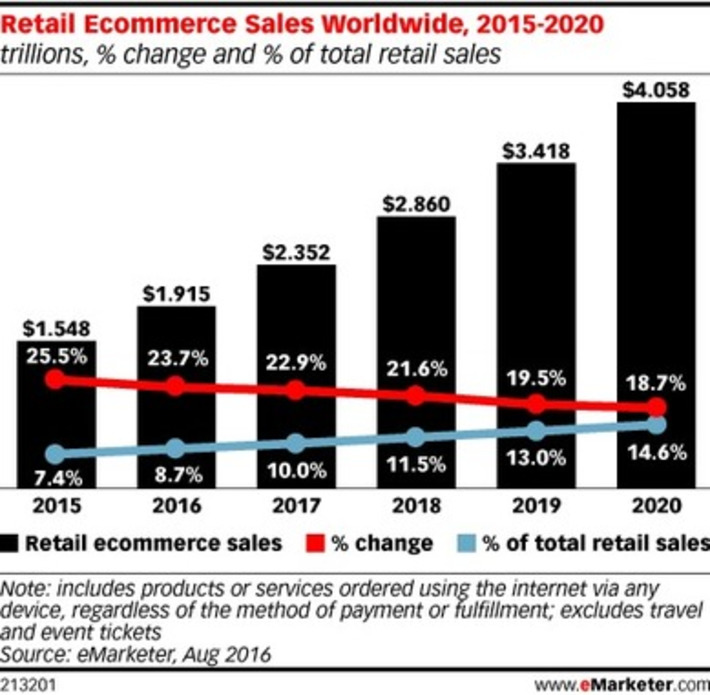

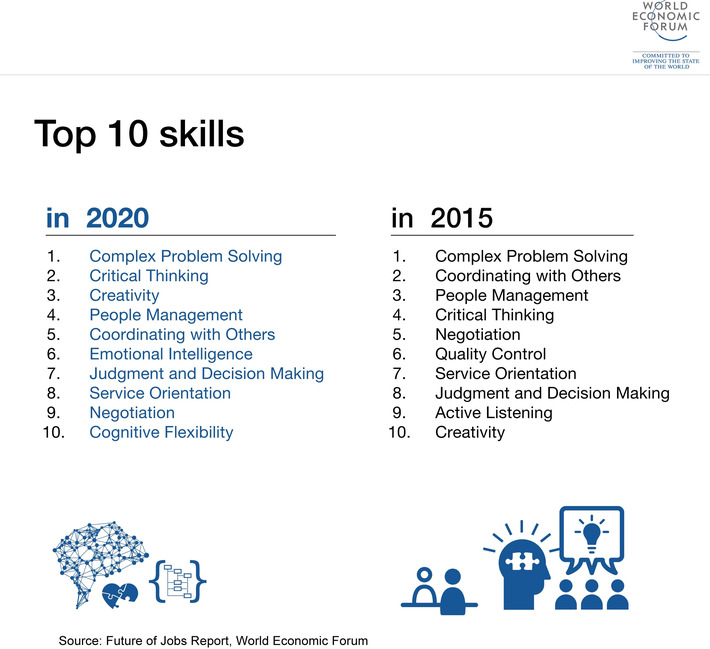
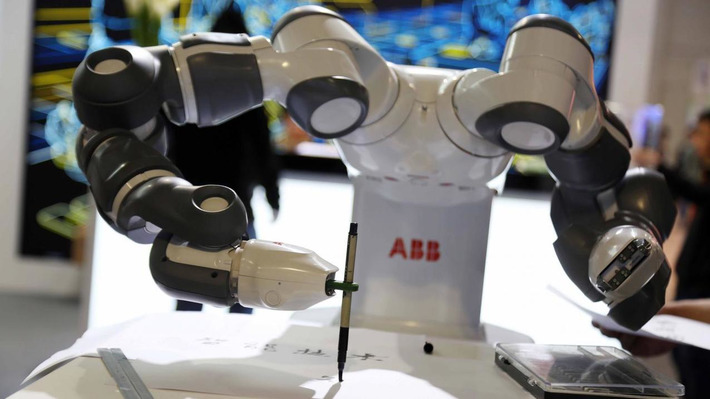

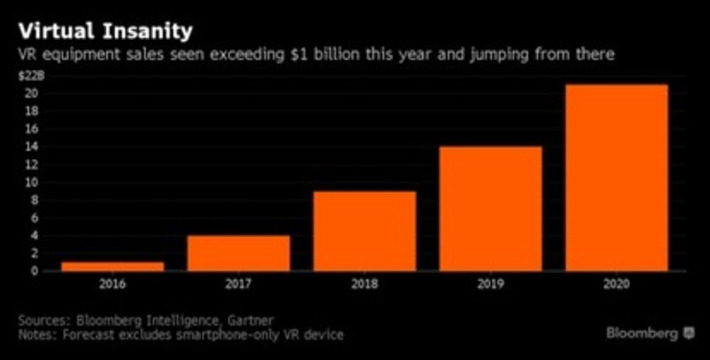
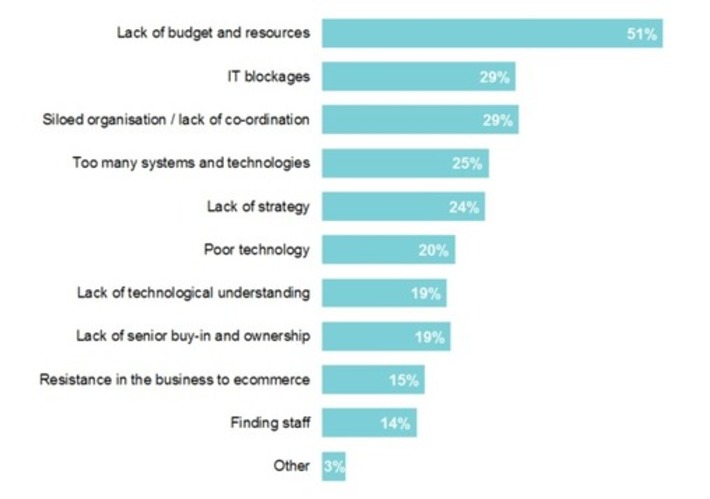

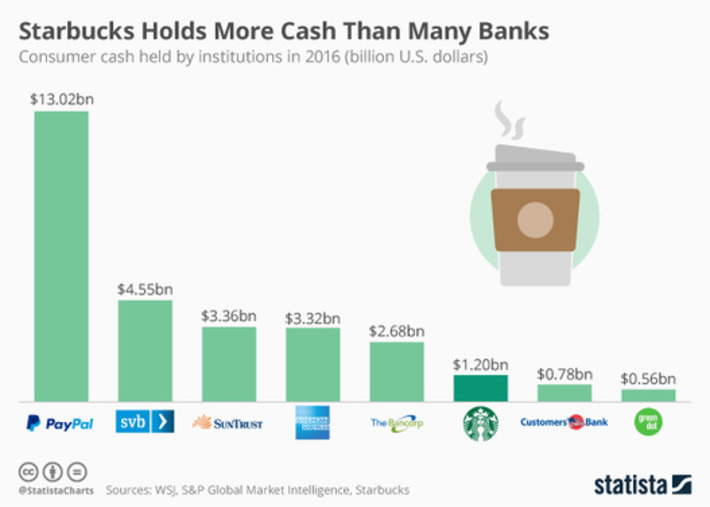

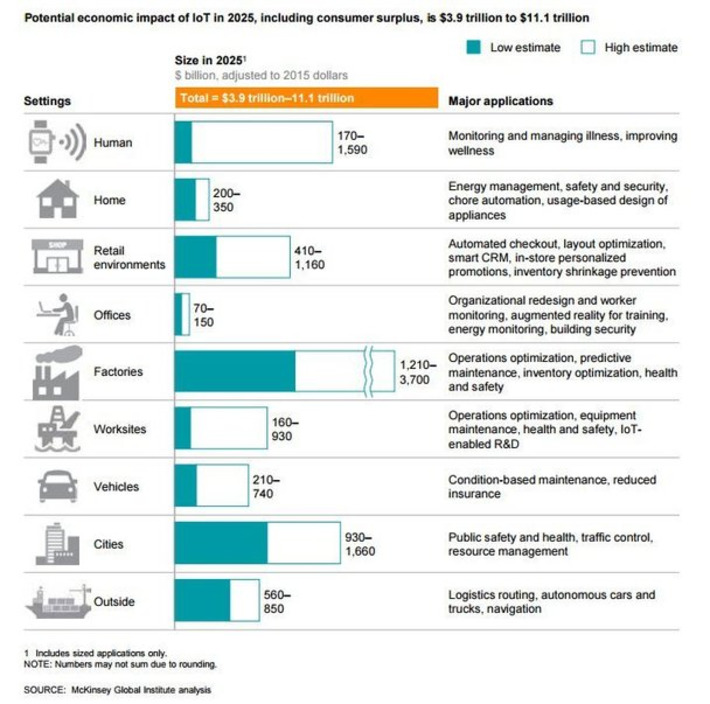
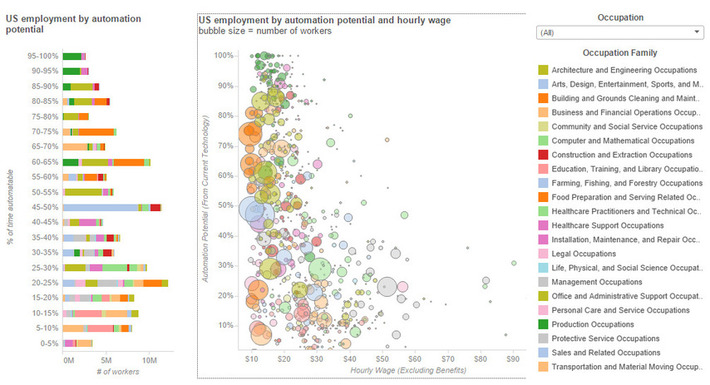

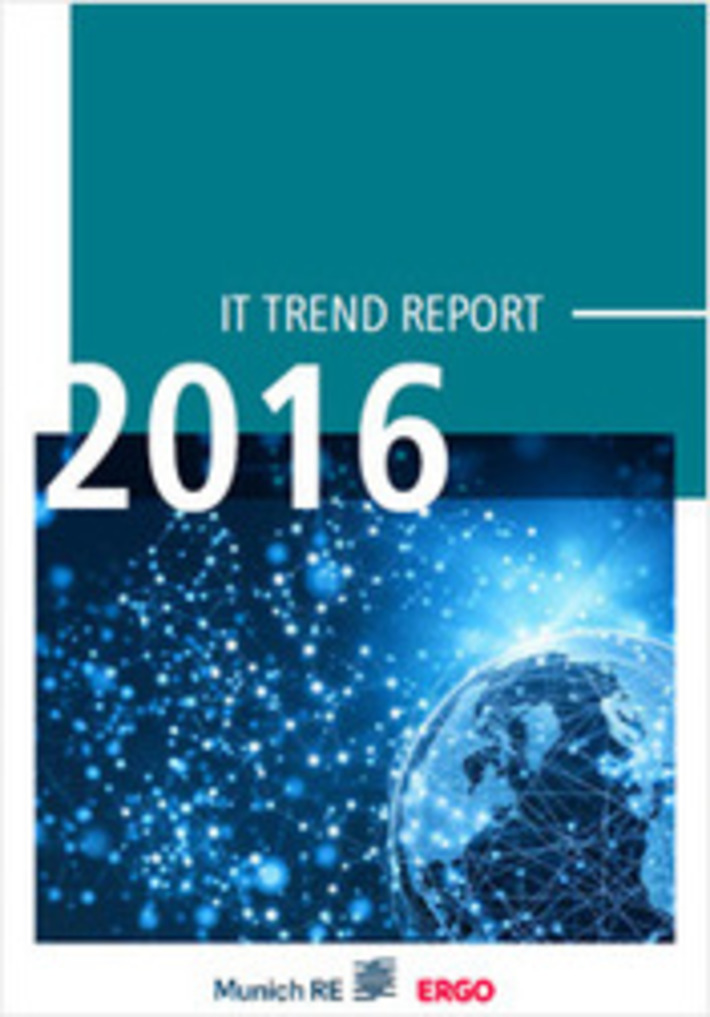
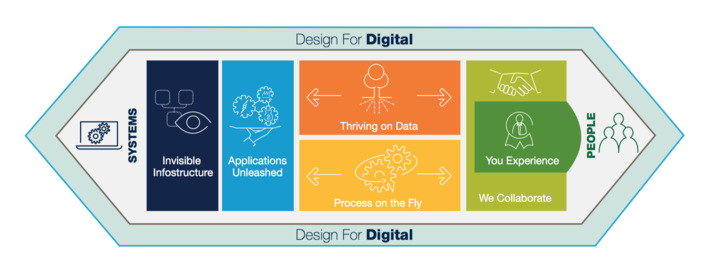
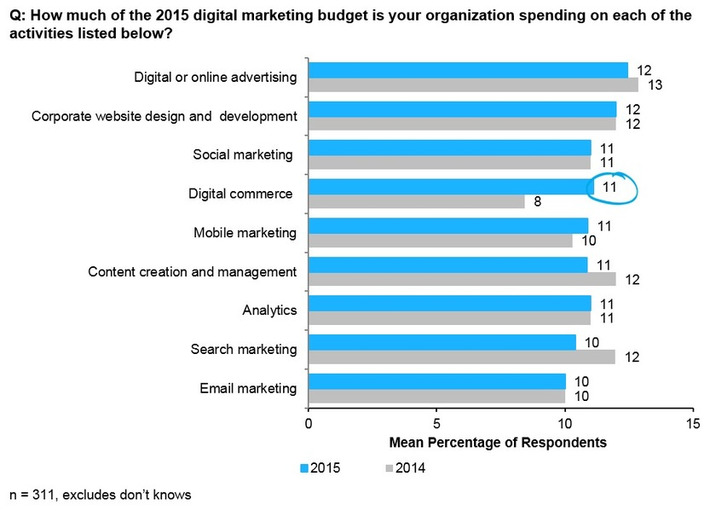
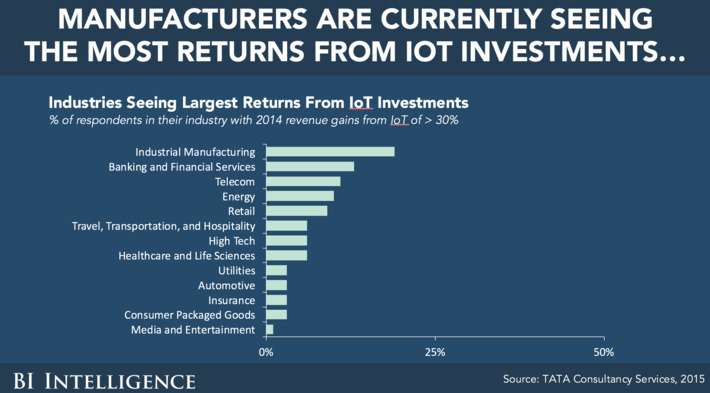
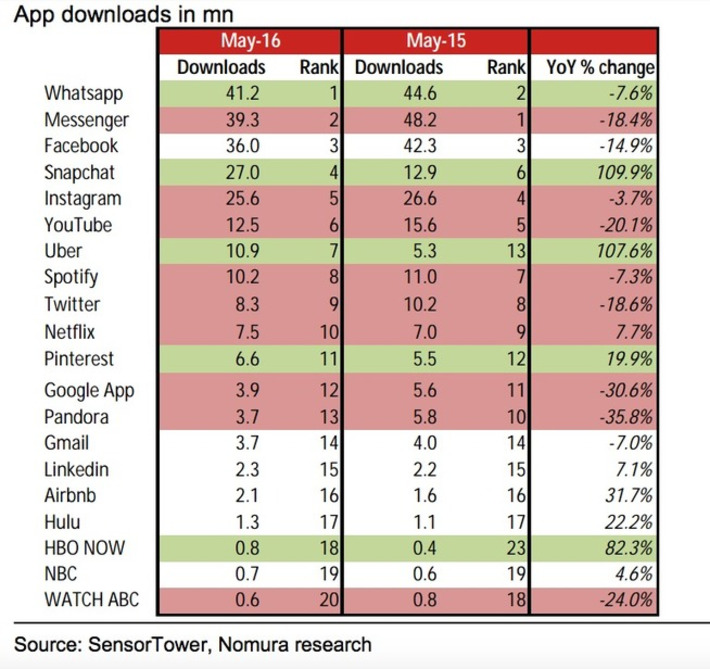

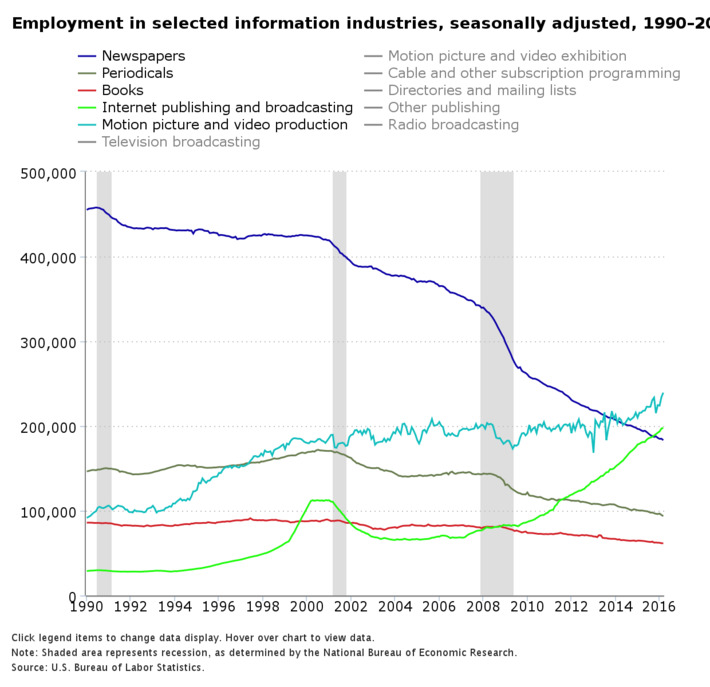
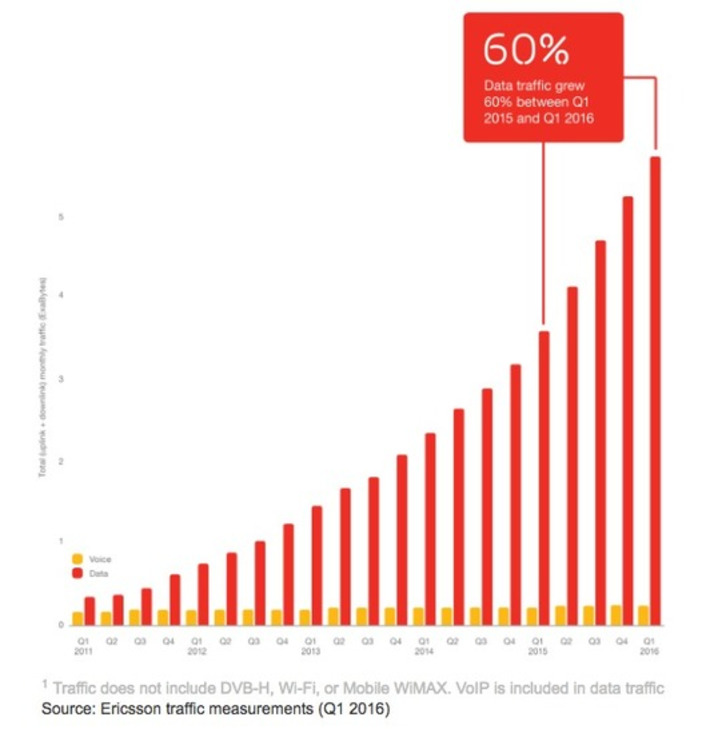

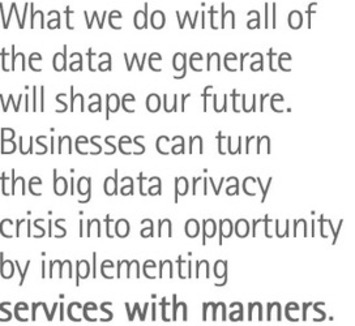
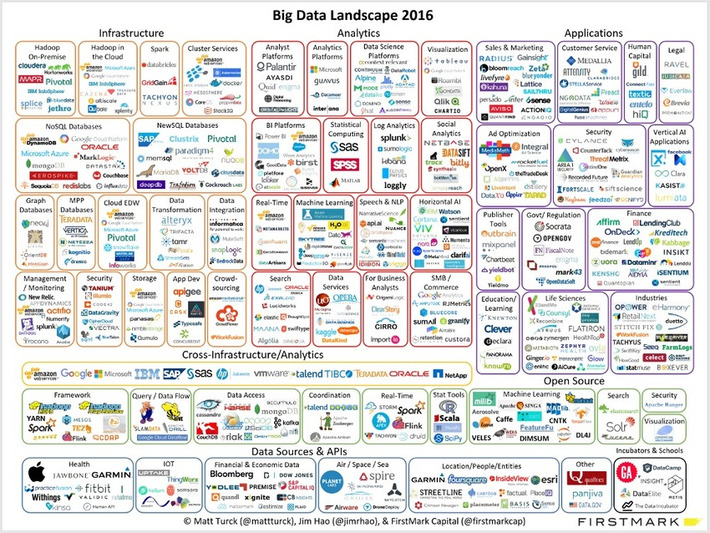
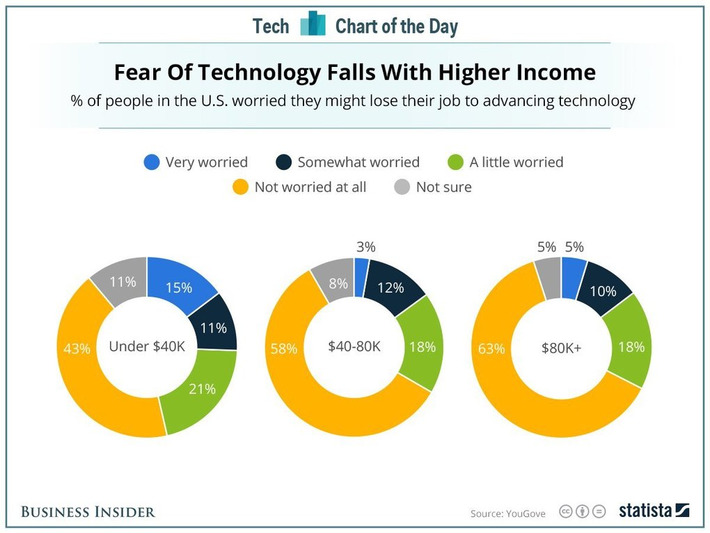









A report shows that letting customers order ahead using mobile apps converts to higher sales order value.
WHY THIS IS IMPORTANT
Retailer have invested in mobile apps in recent years mostly use them as marketing tools to notify customers of promotions, etc. With recent trends showing that customers download less and less apps to concentrate on a few well known ones (Facebook, etc.), retailer must find new ways to have their customers use their apps. Looks like if you allow customers to save time by pre-ordering their meal, it becomes a hot and customers spend more. Good to know.